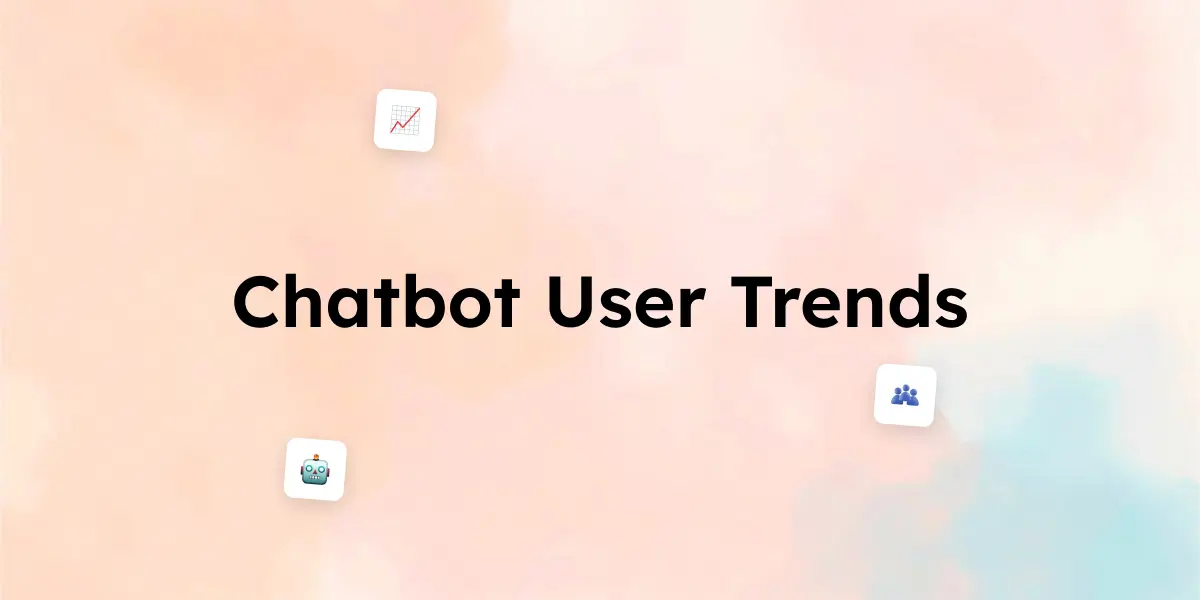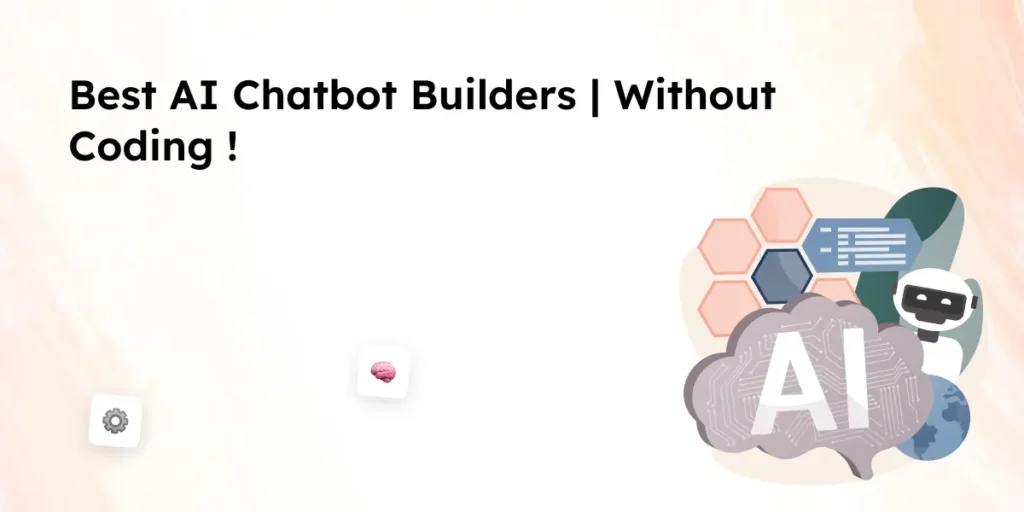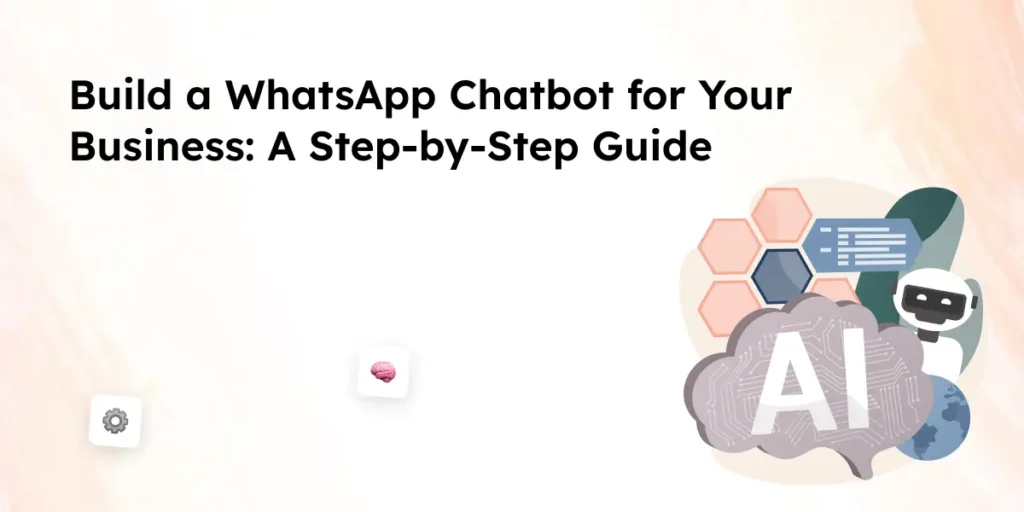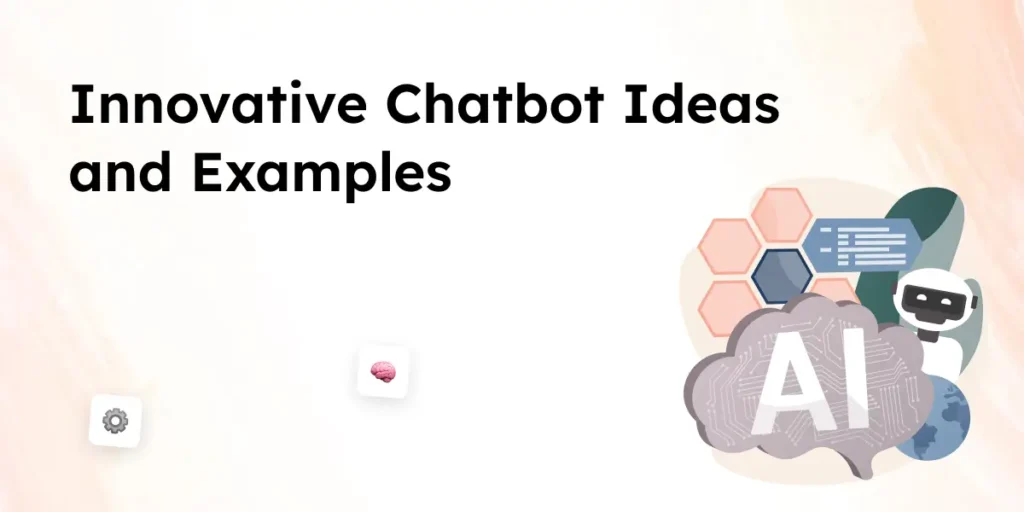Chatbots have come a long way from simple scripted responses to highly intelligent AI-driven assistants. In 2025, businesses are expected to leverage chatbots more than ever, thanks to advancements in natural language processing (NLP), machine learning, and automation.
With users demanding faster, more personalized, and human-like interactions, chatbots are evolving to meet these expectations. From predictive AI to voice-enabled assistants and even AR-powered bots, the chatbot industry is undergoing a massive transformation.
In this article, we explore 35 key chatbot trends shaping 2025—from AI-powered customer service to conversational commerce and beyond. Whether you’re a business owner, marketer, or tech enthusiast, staying ahead of these trends will help you maximize the potential of chatbots in the coming years.
35 Chatbot User Trends
🚀 The Rise of AI-Powered Chatbots
- Hyper-Personalization with AI – Chatbots now use deep learning to analyze user behavior and deliver highly tailored responses.
- Emotional AI & Sentiment Analysis – Bots are getting better at detecting emotions and adjusting their tone accordingly.
- Multimodal AI Conversations – Chatbots now support text, voice, and even image-based interactions.
- Context-Aware Memory – Bots remember past interactions for a more natural and seamless conversation flow.
- AI-Generated Voice Bots – Text-based chatbots are evolving into conversational AI assistants with human-like voices.
- Predictive Chatbots – Bots anticipate user needs and provide proactive recommendations.
- Auto-Learning Chatbots – No more manual updates—bots self-improve based on real-time data.
- Dynamic Personalities – Users can customize chatbot personalities based on preferences.
- Conversational Commerce Expansion – AI chatbots are enhancing online shopping experiences, offering real-time product suggestions.
- Improved Multilingual Capabilities – Advanced NLP models now support seamless multi-language conversations.
💡 Chatbots in Business & Customer Service
- AI Agents Replacing Traditional Customer Support – Many companies are shifting to AI-driven customer service with human oversight.
- Instant FAQ & Self-Service Solutions – Chatbots reduce support tickets by answering common queries efficiently.
- Automated Lead Qualification – Bots qualify prospects and funnel them into sales pipelines.
- 24/7 Support Becomes Standard – Businesses rely on chatbots to provide around-the-clock assistance.
- Omnichannel Integration – Chatbots seamlessly connect across websites, apps, and social media platforms.
- Voice Search Optimization – With more users relying on voice search, chatbots are adapting to this trend.
- Improved Handling of Complex Queries – AI advancements help bots tackle nuanced and technical customer issues.
- Increased Use in Financial Services – AI-powered chatbots manage banking, investments, and fraud detection.
- Legal & Compliance Chatbots – Businesses deploy AI bots to assist with legal documentation and compliance checks.
- HR & Recruitment Automation – Chatbots streamline hiring by handling candidate screening and interview scheduling.
📱 User Experience & Engagement Trends
- Seamless Human Handoff – Bots detect when a human agent is needed and transition smoothly.
- Better Small Talk & Humor – AI bots engage users with witty, human-like conversations.
- Enhanced Accessibility Features – Bots improve interactions for users with disabilities, such as voice-to-text functionality.
- Frictionless Payments via Chatbots – Integrated payment systems allow users to complete transactions within a chat.
- Gamification & Rewards – Businesses leverage chatbot-powered quizzes, games, and incentives to boost engagement.
- AI-Powered Mental Health Bots – More users rely on AI chatbots for emotional support and wellness advice.
- Augmented Reality (AR) Chatbots – AI-powered bots provide interactive AR experiences.
- Social Media Chatbots Take Over DMs – Automated AI responses dominate customer interactions on Instagram, WhatsApp, and Messenger.
- AI-Powered Surveys & Feedback Collection – Chatbots replace traditional surveys, improving response rates.
- Short-Form Video & Chatbot Synergy – Bots engage users by responding to video queries in real time.
🔮 The Future of Chatbot Technology
- Decentralized AI Bots – Blockchain-based chatbots enhance security and transparency.
- AI-Powered Code Assistants – Developers rely on chatbots for real-time coding support and debugging.
- Synthetic Media Integration – Chatbots generate AI-driven videos and realistic avatars for interactions.
- AI-Powered Digital Twins – Businesses create virtual customer profiles that AI bots use to predict behavior.
- The Rise of GPT-5 and Beyond – Chatbots continue to evolve with more powerful AI models, making them indistinguishable from humans.
Conclusion
The chatbot industry is rapidly evolving, driven by AI advancements, user expectations, and business demands. In 2025, chatbots will not only provide seamless customer support but also revolutionize areas like healthcare, finance, e-commerce, and even mental wellness.
To stay competitive, businesses must embrace AI-driven chatbots, focusing on personalization, automation, and omnichannel integration. Whether you’re leveraging chatbots for lead generation, customer service, or engagement, adapting to these trends will be key to success.
Are you ready for the next wave of chatbot innovation? The future is here, and chatbots are more powerful than ever. 🚀
Frequently Asked Questions
1. Why are chatbots becoming more popular in 2025?
Chatbots are gaining popularity due to AI advancements, automation, and user demand for instant support. Businesses benefit from cost savings, improved efficiency, and enhanced customer experience, while users enjoy 24/7 assistance, personalization, and faster responses.
2. How do AI-powered chatbots improve customer service?
AI chatbots use natural language processing (NLP) to understand user queries, provide relevant answers, and even detect emotions. They reduce wait times, offer self-service solutions, and seamlessly transfer complex issues to human agents when needed.
3. Can chatbots handle multiple languages?
Yes! Modern chatbots are equipped with multilingual AI models, allowing them to communicate in various languages and even detect language preferences in real time. This makes them essential for global businesses.
4. Will chatbots replace human customer service agents?
While AI chatbots can automate many tasks, human agents are still needed for complex or emotionally sensitive issues. The future is likely to see a hybrid model, where chatbots handle routine tasks and humans focus on more nuanced interactions.
5. What industries benefit the most from chatbot technology?
Chatbots are widely used in e-commerce, healthcare, banking, HR, customer support, and marketing. They streamline operations, enhance customer engagement, and drive sales conversions through conversational commerce.
Sources & References for Statistical Data :
Since chatbot trends are forward-looking predictions, most data comes from industry reports, AI research papers, and expert analysis. Here are some credible sources you can reference for chatbot statistics and insights:
Gartner – AI and chatbot adoption trends
Statista – Chatbot market growth & user adoption stats
McKinsey & Company – AI in customer experience & automation
HubSpot Research – Chatbot marketing and customer service insights
Forrester Research – AI-driven chatbot engagement trends
OpenAI Research – NLP advancements in conversational AI



